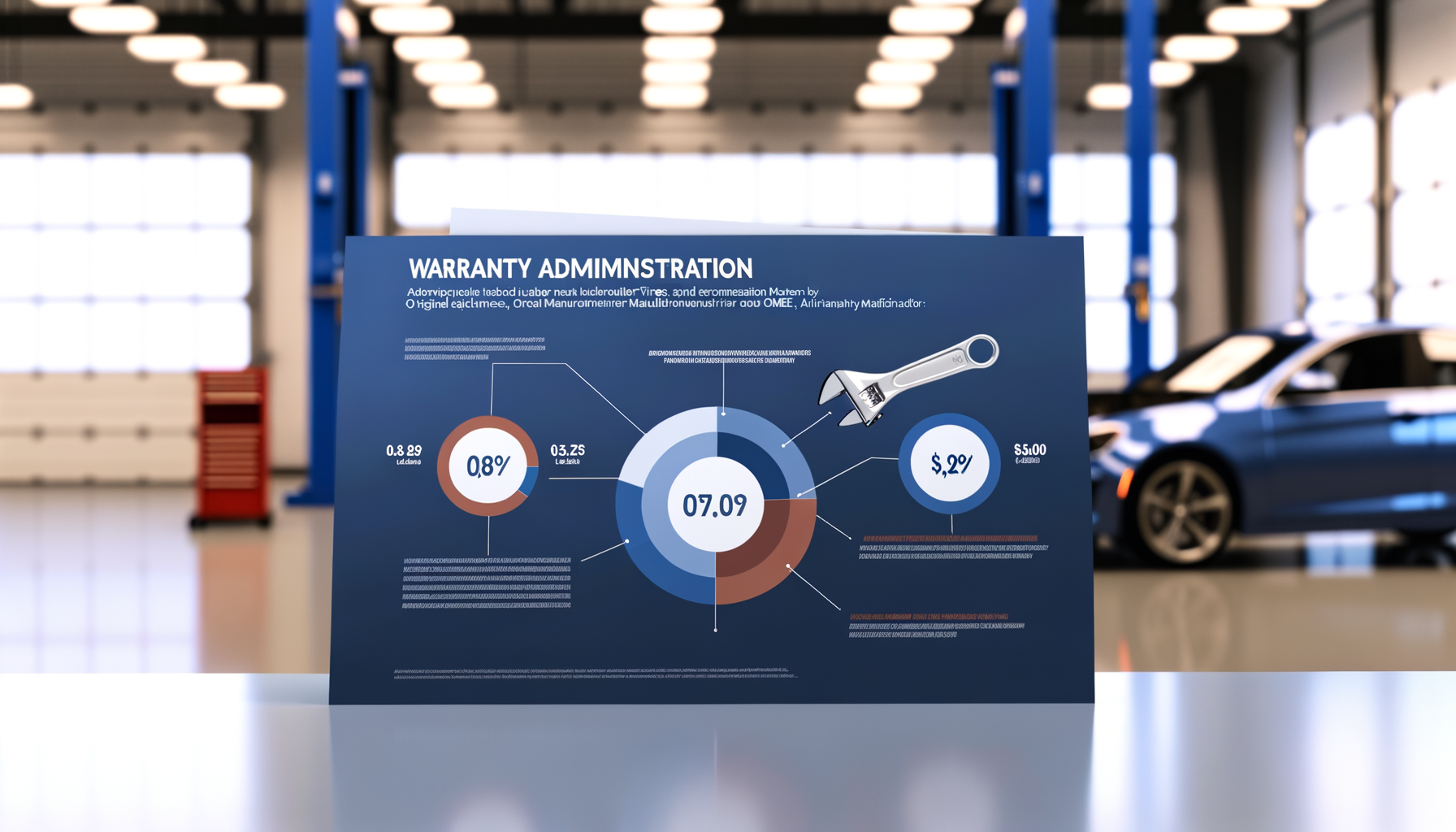Cracking the Code: Elevating Warranty Administration to an Art Form

Understanding the Warranty Claims Process

A thorough understanding of the warranty claims process is foundational to any successful dealership. This involves knowing OEM-specific requirements, documentation standards, and timely submissions.
For example, many manufacturers require specific diagnostic codes and repair timelines. Missing these can lead to claim rejections, impacting your bottom line.
Implement a step-by-step claims checklist to ensure all necessary information is captured upfront. Regular training sessions can keep your team up-to-date with any changes in OEM policies.
Optimizing Warranty Reimbursement

Maximizing warranty reimbursement requires precise tracking and strategic negotiation. Service managers should be knowledgeable about labor times and parts costs specific to each OEM.
Recent industry data suggests that dealerships optimizing their labor times see up to a 20% improvement in reimbursement rates.
To achieve this, maintain an up-to-date database of labor times and parts costs. Regularly audit your claims to identify discrepancies and areas for improvement.
Streamlining Warranty Parts Return Procedures

Efficient parts return processes are essential for maintaining inventory accuracy and reducing unnecessary expenses. Each OEM has unique return policies that must be strictly followed.
A hypothetical case study of a dealership that automated their parts return process showed a 30% reduction in holding costs.
Begin by centralizing your parts inventory data and using software solutions to track and manage returns seamlessly. Engage with your OEM representatives regularly to stay updated on policy changes.
Harnessing Automation for Warranty Administration

Automation is transforming warranty administration, allowing dealerships to handle higher volumes of claims with greater accuracy. By integrating automation, service departments can significantly reduce manual errors and processing times.
Dealerships implementing full automation in their warranty processes have reported up to a 40% improvement in processing efficiency.
Evaluate your current systems and identify areas where automation can be introduced. Tools like Auto Pro Solutions offer comprehensive automation capabilities tailored for dealership needs.
Benchmarking and Analyzing Warranty Performance

To continually improve warranty administration, it's critical to measure your performance against industry benchmarks. Regular analysis allows you to identify strengths and areas for improvement.
Industry analysis shows that the top 10% of dealerships in warranty performance see 25% fewer claim rejections.
Establish a set of KPIs such as claim approval rates, reimbursement speed, and parts return efficiency. Use these metrics to guide your strategic decisions and training efforts.
Overcoming Common Warranty Administration Challenges

Warranty administration is fraught with challenges, from navigating complex OEM requirements to dealing with fluctuating parts availability.
A recent study highlighted that 68% of service departments cite parts shortages as a primary challenge in warranty administration.
Develop contingency plans for parts shortages and maintain open communication with OEMs to preemptively address potential issues.
Related Topics
Ready to take your service department to the next level?
Schedule your demo today and experience the power of Auto Pro Solutions.
Schedule Demo